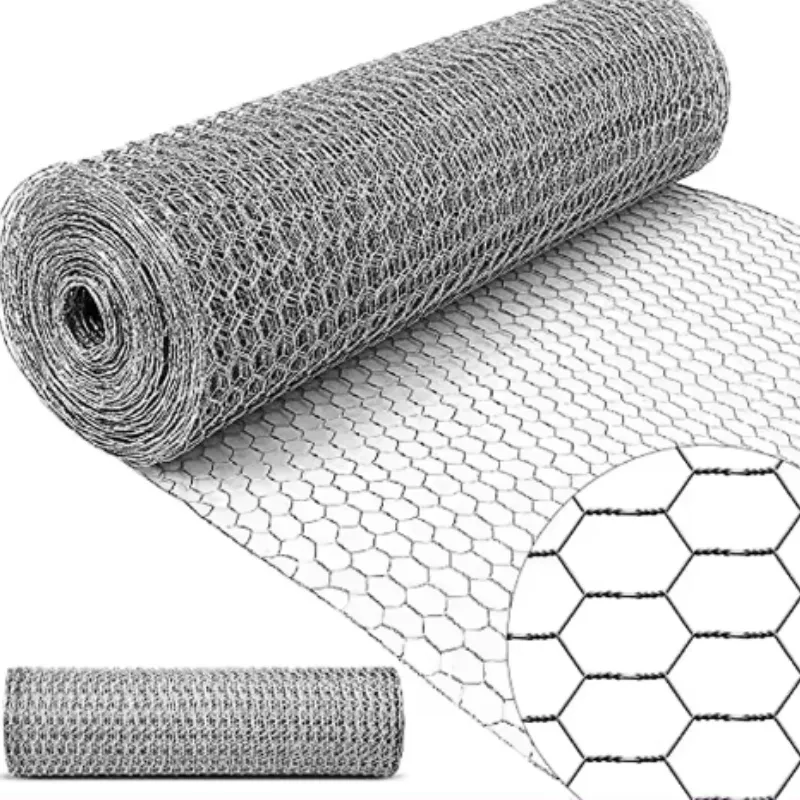-
 Phone:
Phone: -
 Email:
Email:

rockfall protection netting
Rockfall Protection Netting An Essential Solution for Slope Safety
Rockfalls pose a significant risk to infrastructure, human safety, and the environment, especially in mountainous regions and areas with steep slopes. These natural occurrences can lead to devastating consequences, making the protection of vulnerable areas a crucial concern for engineers and environmentalists alike. One of the most effective solutions for mitigating the risks associated with rockfalls is rockfall protection netting.
Understanding Rockfall Dynamics
Rockfalls occur when rocks or debris detach from steep slopes or cliffs, usually due to geological processes, weathering, freeze-thaw cycles, or seismic activity. This detachment can result from the natural degradation of rock mass or external factors such as construction activities. Once a rock mass is dislodged, its trajectory can be unpredictable, posing a threat to roads, buildings, and people below. Hence, assessing the risk and implementing effective protection measures becomes essential.
What is Rockfall Protection Netting?
Rockfall protection netting is a passive mitigation system designed to stabilize rocky slopes and reduce the impact of falling debris. Made of high-strength steel wire, these nets are engineered to withstand the dynamic forces exerted by falling rocks while allowing for the natural movement of the geological material behind them. The nets are typically installed in combination with anchors, which help secure them to the slope, creating a barrier against falling rocks.
Benefits of Rockfall Protection Netting
1. Safety Enhancement The primary purpose of rockfall protection netting is to enhance safety in areas prone to rockfalls. By capturing falling rocks, these nets prevent debris from reaching roads, railways, and populated areas, reducing the risk of accidents and injuries.
2. Cost-Effective Solution Compared to other stabilization methods, such as rock bolting or grouting, rockfall protection netting is often more cost-effective. Quick to install and maintain, it offers significant long-term savings in both prevention and remediation efforts.
rockfall protection netting

3. Environmental Considerations Traditional measures, such as blasting or large-scale earthmoving, can have considerable environmental impacts. Rockfall protection netting minimizes disruption to the natural landscape while effectively addressing the rockfall hazard.
4. Versatility Rockfall protection netting can be adapted for various applications, including highways, railway lines, and recreational areas. Their adaptability allows engineers to design customized systems that meet specific site conditions and risk profiles.
5. Aesthetic Integration Modern netting solutions are designed to blend with the surrounding landscape. This level of integration enhances the aesthetic value of areas where protection measures are implemented, making them less visually intrusive.
Installation Considerations
The installation of rockfall protection netting involves careful planning and site analysis. Engineers assess the slope characteristics, potential rockfall paths, and the types of debris expected before determining the appropriate netting system. Factors such as the size of the rocks, expected velocities, and impact forces are considered to select the most suitable mesh size and anchoring method.
During installation, the nets are deployed in a manner that allows them to function effectively without obstructing natural drainage patterns. Regular inspections and maintenance are also critical to ensure the ongoing effectiveness of the protective measures.
Conclusion
Rockfall protection netting is a vital tool in the arsenal of modern civil engineering and environmental protection. By providing a reliable means of capturing falling debris, these nets enhance safety, reduce environmental impact, and offer a cost-effective solution for managing rockfall hazards. As the understanding of geological processes evolves and infrastructure continues to develop in vulnerable areas, the implementation of rockfall protection netting will become increasingly important in safeguarding lives and protecting property. Investing in such preventive measures is not just about addressing current risks; it’s about building a safer future for communities living in the shadows of formidable slopes.
-
Wire Mesh for Every Need: A Practical SolutionNewsJul.25,2025
-
Steel Fences: Durable, Secure, and Stylish OptionsNewsJul.25,2025
-
Roll Top Fencing: A Smart Solution for Safety and SecurityNewsJul.25,2025
-
Cattle Farm Fencing Solutions for Maximum SecurityNewsJul.25,2025
-
Affordable Iron Binding Wire SolutionsNewsJul.25,2025
-
Affordable Galvanized Wire SolutionsNewsJul.25,2025
-
Wire Hanger Recycling IdeasNewsJul.25,2025








